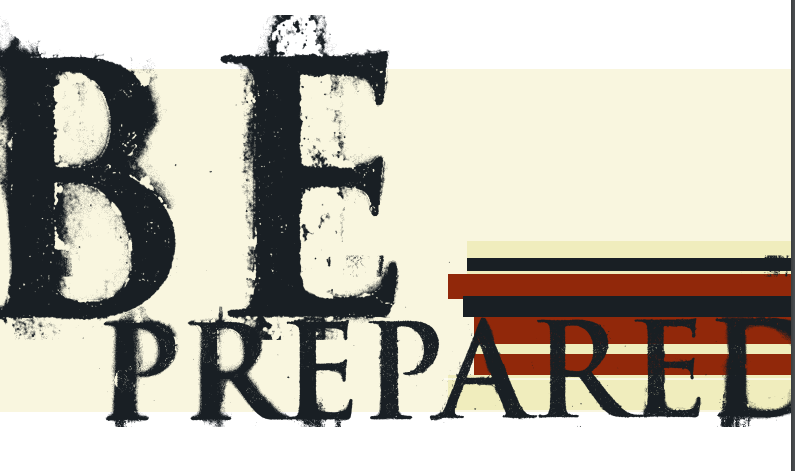Astrographic Glass Plate Project
Sydney Observatory Glass Plates
In 1887 Sydney Observatory joined 19 other observatories from around the world to map the stars. This was an extraordinary project established by the Astrographic Congress in Paris to map the stars using the newly developed dry plate photographic process.
Sydney Observatory created over 22,000 glass plate negatives of the stars during this project.
In 2012, these 22,000 glass plate negatives were in need of preservation.
The plates, in 2012, were housed in the library of the Macquarie University, they had been with the University since 1982 and were used for scientific research. However in the more recent past they had been left unattended and disused.
The move
Early in 2013, Preservation Australia was engaged to assist with the transport and rehousing of the astrographic collection from the University to the Powerhouse Museum (now MAAS). Tegan Anthes worked with PowerHouse Museum staff and Australian Disaster Recovery (ADR) to undertake this project. Tegan was responsible for the safety, handling, packing and specifications of the transport and ADR provided the people, transport and equipment.
Due to imminent building works in the University library, the packing and transport had to occur without a thorough understanding of the condition of the collection. We were very concerned about moving this collection prior to conducting a thorough condition survey of the glass plates. The risks associated with the movement of the collection prior to understanding the condition were –
- Fragility of the plates was unknown – can they withstand some vibration, how inherently stable are they. How many are currently broken, cracked, what state is the emulsion in.
- Fragility of the boxes containing the glass plates – would they be strong enough to support the weight of the glass plates during transport. Multiple types of boxes with multiple areas of concern.
- The paper envelopes appeared brittle and were flaking at edges and therefore the handling that would be required for transportation may result in some loss of information.

Condition of plates
In addition the relocation of the collection was scheduled at the same time as a portion of the building was to be demolished. We raised concerns regarding dust, building vibration, airflow, access and security.
The relocation went ahead with some of the risks being reduced through our approach to packing and handling and some were reduced with rescheduling of building works by a few days and our team working on weekends.
The collection was stored in the ground floor of the old library at Macquarie University. The glass plates were in the back corner of a compactus. The glass plates were stacked tightly in the shelves to prevent them from falling over. The glass plates were either in card boxes, wooden boxes or loose on the shelf. In addition to the glass plate collection there was the document collection.

Remove from shelves
The technique devised for the transport of the collection was as follows:
- Large plastic tubs were lined with scrunched paper
- Each glass plate box was carefully removed from the shelf and gently laid on the bed of paper
- Up to 15 boxes were positioned in the tub
- ADR staff then wrapped each box with cellaire
- Around the set of boxes more scrunched paper was tightly packed to reduce any movement and reduce vibration
Loose plates were wrapped in bundles first and then in cellaire.

Loose plates wrapped in cellaire
The Melbourne plates were housed in custom made wooden boxes, with slots to hold each plate. These wooden boxes were lined with cellaire under the lid ensuring that the plates were cushioned with the cellaire and no movements occurred. Cellaire was then wrapped around the wooden box before being placed into the plastic tub as above. Each Melbourne plate box was inspected for condition prior to transport to locate any broken or damaged plates.
An air ride truck provided the transport to the climate control facility. The plastic tubs were secured within the truck and limited to a single layer. This resulted in more than five trips to complete the move.
The plates were unpacked at the ADR warehouse into a climate controlled store. We were happy to discover that not one plate broke during the transport process.
The transport to ADR and subsequent storage at ADR was to ensure that the plates did not carry live mould and to clean the plates prior to their final resting place in the Powerhouse Museum Collection store.
The Cleaning and Rehousing
Tegan developed and supervised the cleaning and rehousing of 22,000 glass plate negatives. With the exception of the Melbourne plates, all glass plates were enclosed in a paper envelope. This envelope had vital information essential in identifying the position of the negative within the sky and in some cases named the stars. It was therefore beneficial to capture this information in a spreadsheet during the cleaning and rehousing process. The steps below outline our procedures.
- Remove plate from box
- Data capture from information on envelope
- Brush clean on the down draft box – both plate and envelope
- Rehouse into custom made polypropylene sleeves – double pocket sleeve
The polypropylene sleeve was three sheets of polypropylene welded on three sides, providing the double pocket from the top edge. This allowed the envelope to be retained with the glass plate but separated by a polypropylene sheet. This was chosen by the Powerhouse as the most appropriate storage solution.

Glass plates in polypropylene sleeve. One side is the glass plate and the other the original paper envelope.
The exceptions to this process were the damaged plates. There were some plates within the collection that were deteriorated. These plates were showing signs of glass deterioration, delamination and cracking of the plate. The conservation of these plates will be undertaken by the conservators at the Powerhouse Museum.






